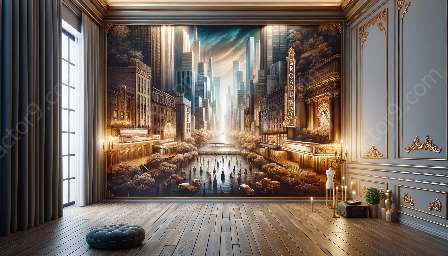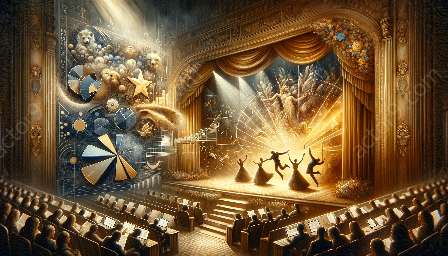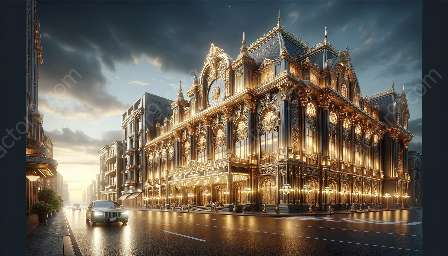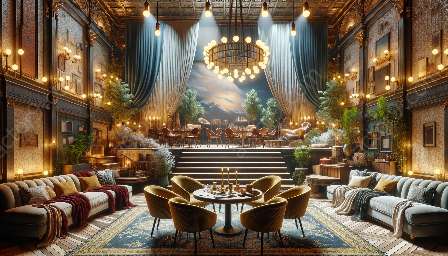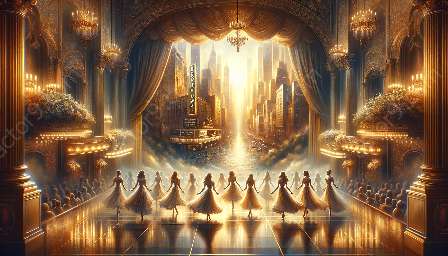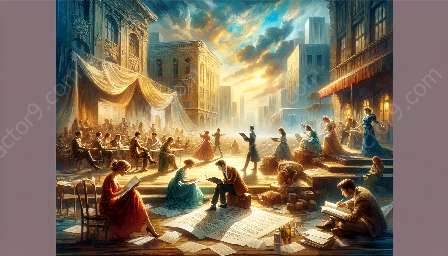In theatre architecture, balancing aesthetics with functionality is crucial to creating spaces that captivate audiences while supporting the technical demands of live performance. This delicate equilibrium is particularly significant in the context of Broadway theatres and musical theater productions.
The Interplay of Aesthetics and Functionality in Theatre Architecture
The design of theatre spaces involves a complex interplay between aesthetics and functionality. Aesthetic considerations encompass the visual allure, atmosphere, and emotive impact of the theatre space. Functionality, on the other hand, encompasses all aspects of design that facilitate the smooth and effective operation of the theatre, including acoustics, sightlines, stage mechanics, and audience comfort.
Considering the Unique Context of Broadway Theatres
Broadway theatres are renowned for their grandeur and historic significance. Architects must navigate the challenge of preserving the iconic aesthetics of these venues while incorporating modern amenities and technical features required for contemporary productions. Renovations and new constructions in the Broadway theatre district demand a meticulous approach to balance the charm of tradition with the demands of modern theatrical performances.
Adapting to the Spectacle of Musical Theater
Musical theater, with its elaborate sets, grand performances, and dynamic stage designs, adds another layer of complexity to the balance of aesthetics and functionality in theatre architecture. Architects and designers must account for the unique needs of musical productions, such as the need for versatile stage spaces, elaborate lighting rigs, and sophisticated sound systems, without compromising the visual allure and character of the theatre.
Innovative Solutions in Theatre Architecture
To achieve the delicate equilibrium between aesthetics and functionality, architects and designers have employed innovative solutions. This includes the use of advanced acoustical materials and technologies to enhance sound quality without compromising the visual design. Flexible and adaptable stage configurations allow for seamless transitions between different scenes, accommodating the demands of diverse productions without sacrificing the architectural integrity of the theatre.
Conclusion
Balancing aesthetics with functionality in theatre architecture is an ongoing endeavor that requires a deep understanding of the artistic, technical, and historical aspects of theatrical performances. In the context of Broadway theatres and musical theater, this balancing act is a testament to the enduring charm and adaptability of theatre architecture in the face of evolving creative and technical demands.

